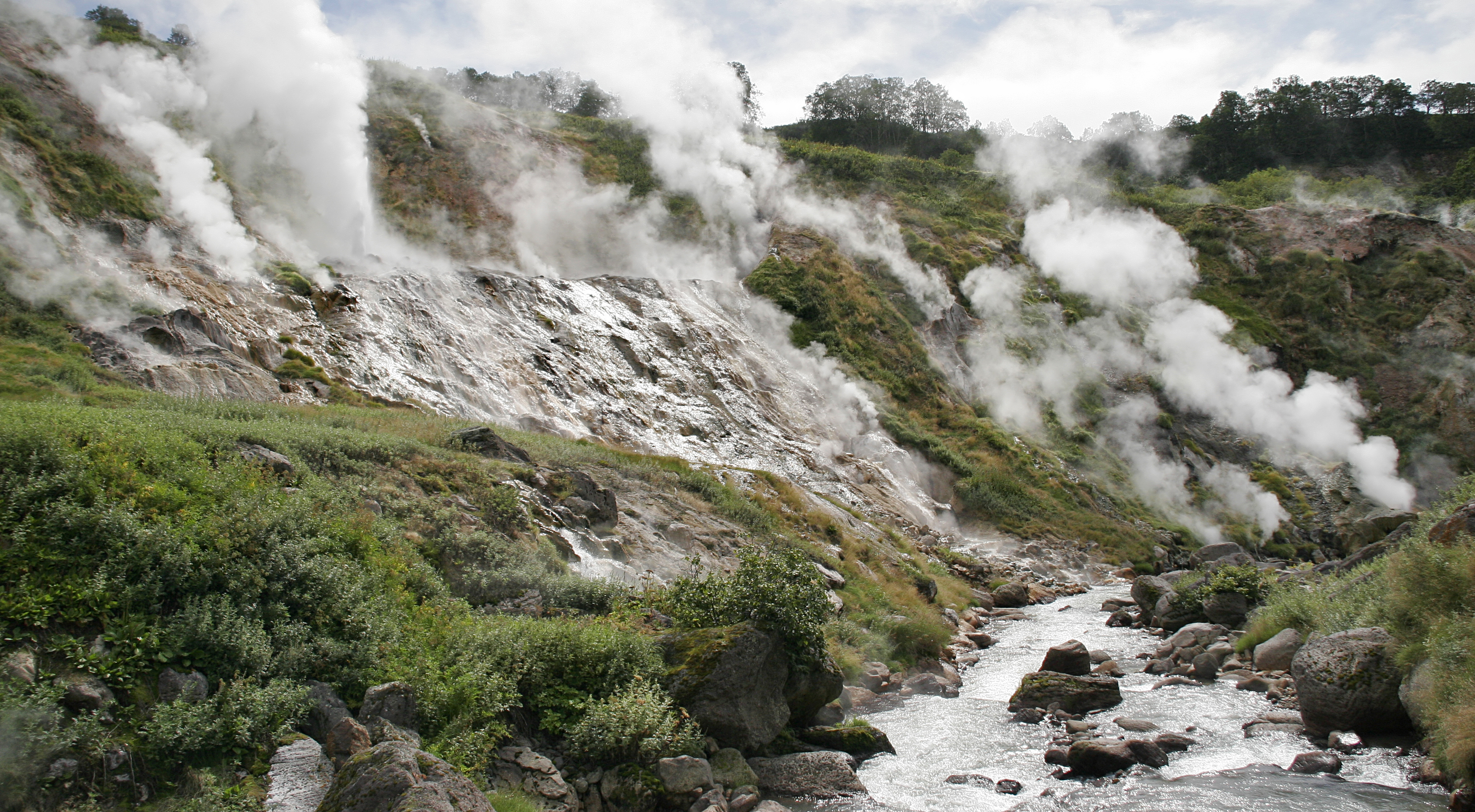
Deep in the Amazon rainforest, Mayantuyacu, Peru, has waters between 50 and 90 degrees Celsius, in some parts reaching almost 100 degrees.
It can cause third-degree burns within seconds of touching it, and small animals that wander into the waters are boiled almost as soon as it touches them.
The mysterious Ashaninka people, from these parts, have long known about their “Boiling River,” which they call Shanay-timpishka.
That translates as: “Boiled with the heat of the sun” but ancient legend states it’s not the sun, but a giant serpent, Yacumama, which unleashes the searing heat.
Almost a century ago, some explorers mentioned the boiling river, but scientists have long scoffed at the notion, claiming over large distances it would require a phenomenal amount of geothermal heat.
As the Amazon basin is over 400 miles away from the nearest active volcano, boffins believed these reports were myths.
It was only five years back that the river’s existence was officially confirmed, after a geothermal scientist investigated it.
It was finally proved to be true.
Some writers have described swimming in its slightly-cooler parts as being like swimming in a sauna that’s inside a toaster, so we can safely say it gets rather hot in there.
The local tribe uses the water to brew their tea, and they also reckon its vapours have medicinal properties when used in conjunction with the tree leaves around here.
Nobody, however, local or visitors from afar, has come up with a conclusive reason why the waters get so horrifically hot.
One theory is that the river’s water might be pouring in from fault zones, or cracks in the earth.
Now, the boffins are putting pressure on Peru to declare the river a national monument, and to limit the area around it, meaning only ecologists and scientists can work on it.
READ MORE
David Hayman heads on Weir’s Way but his true love is the Oz rainforests

Enjoy the convenience of having The Sunday Post delivered as a digital ePaper straight to your smartphone, tablet or computer.
Subscribe for only £5.49 a month and enjoy all the benefits of the printed paper as a digital replica.
Subscribe